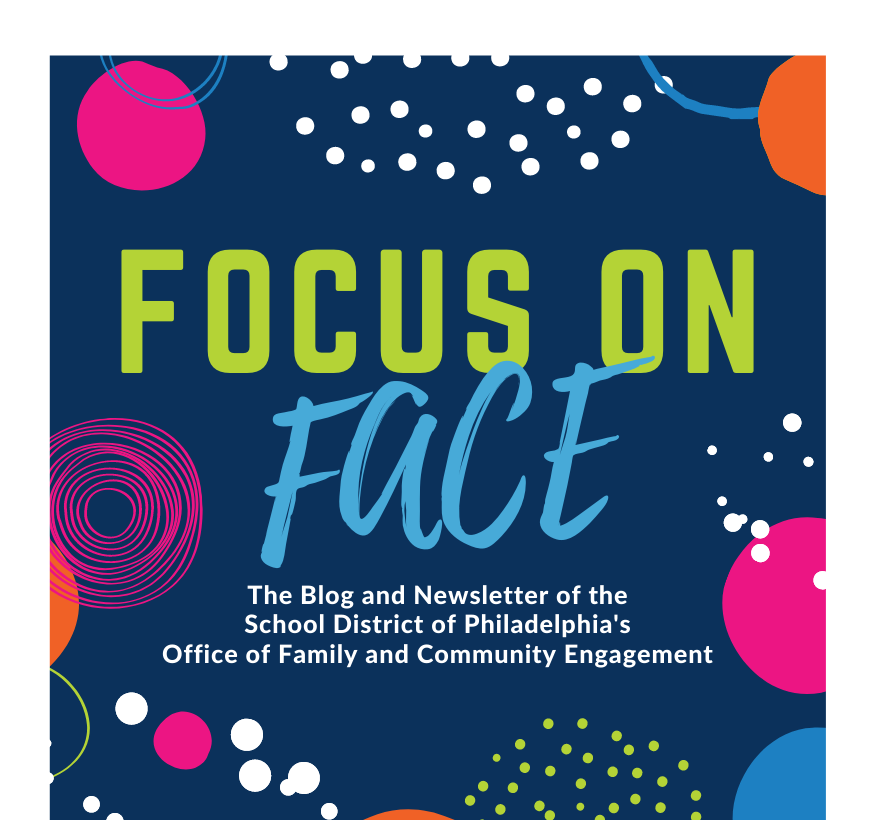The following article is taken from PTO Today and is written by Joy Underhill. For the full article, click here.
Picture walking into a new school for the first time. You don’t know your way around. You aren’t sure of the sign-in procedures or even where to get information. You need a friendly face to help you out.
But will you find one?
The first few minutes in a school give you important clues about its atmosphere. Is it a place that welcomes visitors and guests? Or is everyone too preoccupied to lend a hand? If your school is lacking in the social graces, maybe all it needs is a little attention to the details that separate a welcoming school from an intimidating one.
Why a Welcoming Atmosphere Matters
 “The biggest payoff for a welcoming school is the win-win partnerships that result,” states Karen Willoughby, coordinator of family services and involvement at the Office of Early Childhood and Family Services in Virginia’s Fairfax County Public Schools. “It’s been shown time and time again that with today’s tough educational challenges, we need to develop parent-school relationships at the start of the school year. Creating a welcoming environment is one way to do that.”
“The biggest payoff for a welcoming school is the win-win partnerships that result,” states Karen Willoughby, coordinator of family services and involvement at the Office of Early Childhood and Family Services in Virginia’s Fairfax County Public Schools. “It’s been shown time and time again that with today’s tough educational challenges, we need to develop parent-school relationships at the start of the school year. Creating a welcoming environment is one way to do that.”
Willoughby and her team have created a process to examine how welcoming a school is and to help develop an assessment team of school personnel and parents. “If we can create a comfortable bond with parents from day one, it makes it much easier to handle problems that come up later in the year,” she says. “If parents don’t feel that the school is approachable, it just makes communication issues worse.”
The need for openness is even more critical in schools with diverse cultures. “Imagine walking into a school where the signs are unfamiliar to you and no one offers to show you around,” notes Robin Hamby, a family services specialist at Fairfax County schools. “Maybe you had a bad school experience yourself or come from a country where school participation is discouraged. Parents bring with them all sorts of baggage that can hinder the process of creating a strong bond with the school.”
Is Your School Welcoming?
Fairfax County’s Welcoming Schools process uses four small teams to assess the overall atmosphere of the school. The teams—typically four or five people each—first meet to determine what they will examine, then do a walk-through of the school, with teams assigned to one of the four areas: school staff, physical environment, written materials, and practices and policies.
While the program is aimed at administration, [family groups] are in a unique and powerful position for promoting a welcoming atmosphere at school. As a family leader, you approached the school first as a parent, but now you understand how vital parent involvement is to the overall health of a school and are willing to offer much-needed elbow grease.
School Staff: The first impression a visitor has of a school’s atmosphere is how she is greeted. (If visitors aren’t welcomed at all, that’s a clear indication of how the school views such “intruders.”) Warm, friendly support staff who smile as they talk to you, ask whether you need help, and address concerns quickly and without a dismissive air are all signs of a welcoming school.
Physical Environment: It’s hard to feel welcome when you don’t know where you are or how to find out. Clearly marked entrances and exits, as well as signs translated into other languages spoken by students and parents, are essential. The tone used on signs also plays a part; “please use another door” will get a more positive reaction than “no admittance.” Providing maps or guides to help visitors will always be well-received.
Written Materials: Even when they’re away from the physical building, parents can get a sense of whether the school welcomes their involvement. Sending informative printed materials on a consistent basis is one way to do that—especially if, as with signs at the school, they’re provided in multiple languages for those families who don’t speak English.
Practices and Policies: Well-trained staff, pretty school hallways, and plentiful written communication with families are practically useless without operational policies that allow parents to feel included. The most welcoming schools encourage frequent participation by parents and make it easy for them to do so. Establishing easy sign-in procedures at the school, for example, or returning phone and email messages promptly lets parents know that administrators and staff members care.
“It’s best to create a diverse team so that the perspective will be more complete and fresh,” Hamby notes. “Invite someone who doesn’t visit the school often, such as a senior citizen or community leader. Make sure that if your student body is culturally diverse, your teams are too. And don’t overlook the value of inviting someone new to the school to serve on a team.”
Some teams assign roles during the walk-through to keep participants’ minds open to what they’re seeing. One person could be asked to view the school through the eyes of a special needs child, another as a parent new to the school, and a third as a parent new to the country, for example.
As a final step, the teams share what they’ve learned and offer suggestions for how the school environment could be improved. “It’s important to remain nonjudgmental,” Willoughby says. “No one likes to be criticized. The goal is to construct a more welcoming school, not attack the school for its shortcomings.”
Linda Peterson, director of the Parent Leadership Exchange, a Boston-based development program for parent leaders, runs a similar workshop. “Before you begin an assessment, you must define what parent involvement looks like for your school,” she says. “We talk to administrators, teachers, and parents to determine where the school stands today and to develop a plan. It may take a year of assessment and planning before the school even begins to implement their ideas.”
Peterson emphasizes the importance of evaluating as you go. “We are always asking, ‘How does this connect back to student learning?’ If school personnel can’t answer that question, an idea might be jettisoned. Parent-teacher activities that are designed for socialization or fundraising are important for building relationships, but the most effective programs have a clear link to academic improvement. The Welcoming Schools program is an effective first step in opening schools doors and developing partnerships.”
How Parent Groups Can Help

The Welcoming Schools assessment can be initiated by parent groups with buy-in from school administrators. “You can’t go barging in expecting schools to make changes,” Hamby notes, “unless you’ve first prepared the way by developing a positive [family]-administrator link.”
Some steps your parent group can take to partner with the school in making it more welcoming:
- Remember to get the blessing of the principal first—then present your ideas and offer help.
- Ask administrators and teachers about their concerns and about how families can work with the school to address them.
- Always begin with the positive when making suggestions.
- Use words that don’t offend. Rather than saying “Clean the halls better,” phrase it as “Consider assigning a student monitor for litter pickup.”
- Send a survey to ask parents whether they feel welcome at school and to solicit suggestions.
- Avoid finger-pointing and emphasize the importance of teamwork.
- Make sure your parent group is welcoming to new members!
One of the challenges of creating a strong bond with schools is broadening how schools perceive their role. “Many schools see themselves as administrators of education,” Willoughby says. “We’d like them to view themselves as service providers. In doing so, the opportunity for parent-school collaborations becomes that much easier.”
Click here to read the Fairfax County Welcoming Schools Process
Click here to download a Family-Friendly Schools Checklist
Adapted from the Kentucky Department of Education – Click here to read more

